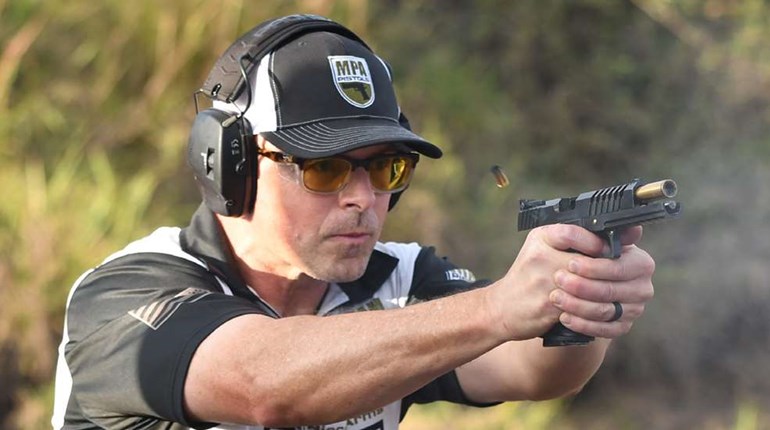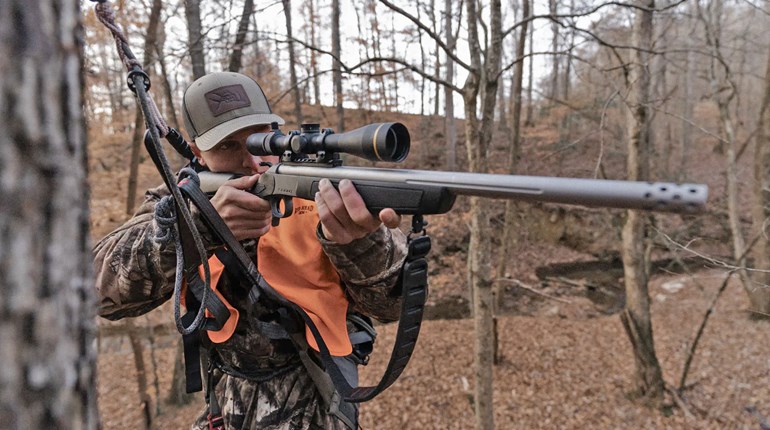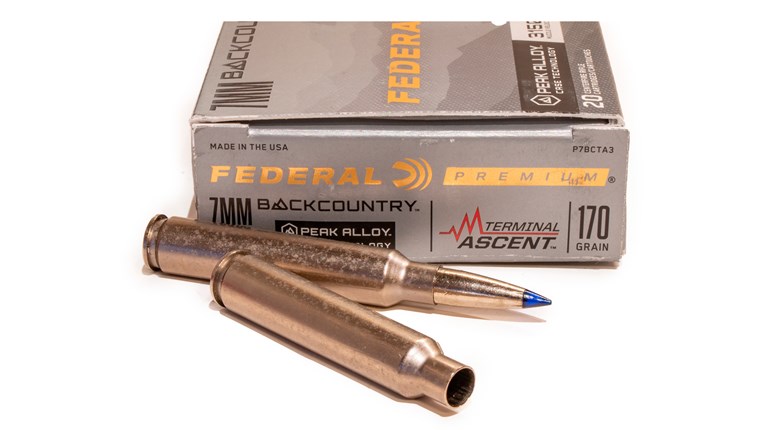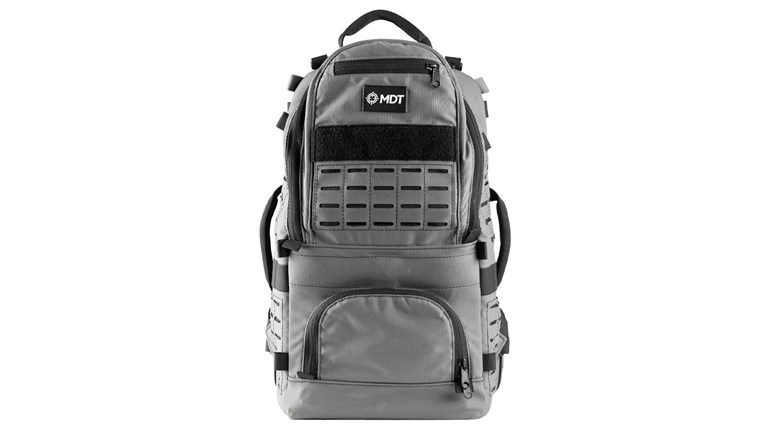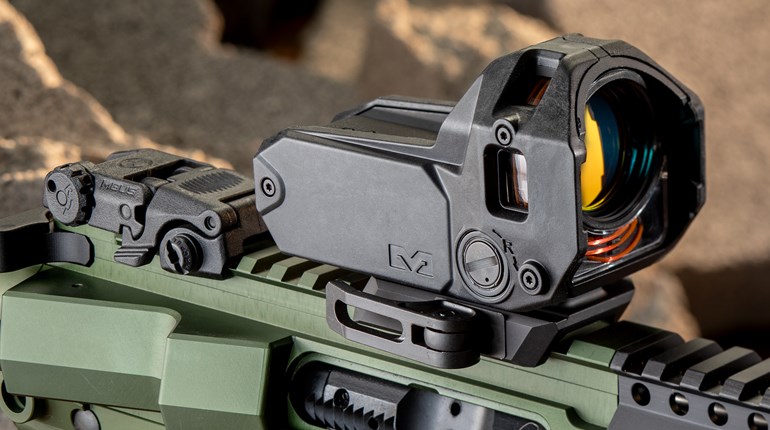
My dad would tell the best stories. It seems that he was a bit of a “scrapper” back in the day. He grew up in the St. Louis area, graduated from high school weighing no more than 100 pounds, and he never backed down. As an adult, this proved to be an asset in business but in his youth, it meant some hard lessons.
Growing up, he would share stories where sometimes he was the hero and other times he was the instigator of schoolyard fights as a boy, pool hall altercations as a teen, and running from a large group, in the dark streets of Southern Illinois as a young adult.
As he reminisced, he would say things like, “I didn’t see that one coming, his hands were quick”, “I knew I had him”, “I could tell he was bluffing by his body language”, or “I quickly realized that I was in trouble when he started looking around for witnesses”. When I look back on all those statements now, I realize how vast the extent of dad’s ability to recognize and interpret pre-violence indicators really was.
This subject has such depth that there are thousands of books, articles, blogs, etc. that have been written about pre-assault cues. Let’s look at five pre-attack indicators that Dad probably used to measure if a fight was imminent.

Hesitation to Respond/Silence
If you are in a heated argument and all of the sudden the other person goes silent, seems distracted or hesitates in answers, this usually means the fight is imminent. We are not multitaskers and can’t divide our attention very well when NOT under stress. Now imagine a stress-filled situation with our brains split between concentrating on attacking or responding verbally. The bad guy will most likely be fixated on his attack.
Movements
The attacker frees his hands of bags or other things he’s carrying, he has exaggerated movements, his hands are fisted or hidden, or he may be swaying and even fidgeting. These movements are usually not subtle and he could be freeing his hands so that he can attack. He could also be clenching and unclenching his fists to get himself into the right mindset to strike, hiding a weapon or his body movements could be a planned distraction.
Grooming
Watch for the bad guy rubbing the back of his neck and/or arms, running his fingers through his hair, adjusting his clothing, licking his lips, “puffing” up and touching his face. These are all subconscious movements that can be directly related to “fight or flight”. The need to “rub” can be caused by anxiety where the adrenal glands stimulate a prickling sensation, the constant licking of his lips could be caused by restlessness and he may even “puff up” to look “bigger” and more intimidating.

Visual Cues
When a bad guy stares at you, he could be sizing you up as the possible target. Another action is that he glances or stares at your chin, nose, throat and even your eyes as his potential target. He may also be glancing around looking for witnesses, police officers or security guards that could interfere with his plans, or he could be looking for the closest exit for his quick escape. Think about it this way; whatever the eyes are focusing on means they are thinking about doing something in that area.
Reactionary Zones/Distance
The attacker will need to get close to you to complete his attack cycle. People can have a hard time managing distances and the attack range can be closed very quickly. We need to understand how fast violence happens, our limited choices based on time and distance and making the best first decision possible. Consider training and then practicing with non-lethal, less than lethal and lethal force decisions based on the proximity of the attacker and your reaction time.
Pre-Attack Indicators Are Your Wakeup Call
Pre-attack indicators are not guarantee of violence, but when you mix them together and throw in some context, you need to pay attention. They are indicators that violence is possible and even probable when several cues are present. Please keep in mind that many other “telegraphed” indicators of violence exist.
I believe that over time, dad’s life experiences taught him to consciously and subconsciously trust his instincts and respect his ability to instantly interpret the non-verbal signs of danger.
Remember, from the point that a bad guy chooses you, you will have a very limited amount of time to make a decision. They choose how and when. Your actions need to be confident, quick and decisive.












